Description
What is a High-Gain 3G 4G LTE Antenna Embedded FPC Antenna?
The internal 3G 4G LTE antenna CTRF-ANTENNA-FPC-7027-5723-IPEX item is the Main antenna and a diversity antenna of the High-gain 4G LTE Antenna Embedded FPC Antenna manufactured by C&T RF Antennas Inc. It has a 57x23mm flex PCB size 3M sticker type and Ipex/U.FL connector antenna mounts to end terminals.
The RG coaxial cable and connector can be changeable and the 3G 4G LTE antenna can be designed by your ideas.
C&T RF Antennas Inc. provides 3G 4G LTE Antennas with other antenna types such as Dipole Antennas, Whip Antennas, Marine Antennas, Router Antennas, MIMO Antennas, Combo Antennas, PCB Antennas, FPC Antennas, Spring Antennas, Sector Antennas, Yagi Antennas, etc., for IoT & M2M industries.
C&T RF Antennas Inc provides RF antennas with other antenna radio frequencies such as 169MHz, 230MHz, 315MHz, 433MHz, 868MHz, 915MHz, Lora, NFC, VHF&UHF, NB-IoT, ADS-B, GSM, Wifi 2.4GHz, 5.8GHz, 2G 3G 4G LTE, GPS, GNSS, 5G NR, UWB, Cellular, etc.
The High-gain 3G 4G LTE Antenna Embedded FPC Antenna is available at C&T RF Antennas Inc., contact us for more details on the 3G 4G LTE Antenna such as 3G 4G LTE Antenna datasheet, 3G 4G LTE Antenna pricing, 3G 4G LTE Antenna inventory, or other 3G 4G LTE Antenna types.
High-gain 3G 4G LTE Antenna Embedded FPC Antenna Specifications
High-gain 3G 4G LTE Antenna Embedded FPC Antenna Electrical Specifications |
|
| RF Antenna Type | Embedded FPC Antenna |
| Model | CTRF-ANTENNA-FPC-7027-5723-IPEX |
| Frequency | 700-960MHz, 1710-2700MHz |
| Gain | 6dBi |
| VSWR | ≤2.0 |
| Impedance | 50 Ω |
| Polarization | Vertical/Linear |
| Cable Type | RG1.13 |
| Connector | U.FL/IPEX |
| Cable Length | 100mm |
| Lightning Protection | DC-Ground |
High-gain 3G 4G LTE Antenna Embedded FPC Antenna Mechanical Specifications |
|
| FPC Board Dimension | 57*23mm |
| Weight | Approx. 5g |
| Material | FPCB + RG Cable + U.FL connector |
| Operation Temperature | -40˚C ~ +85˚C |
| Storage Temperature | -40˚C ~ +80˚C |
| Color | Black |
| Antenna Design | Dipole Array |
| Mounting | Connector/Sticker |
| SafetyEmission and other | RoHS Compliant |
| Applications | ISM/SCADA/Utilities, IoT/M2M/NB-IoT/LoRa, 2G 3G 4G LTE/LTE-IoT, GSM GPRS UMTS, etc. |
The High-gain 3G 4G LTE Antenna Embedded FPC Antenna Video
Flex PCB Antenna Features
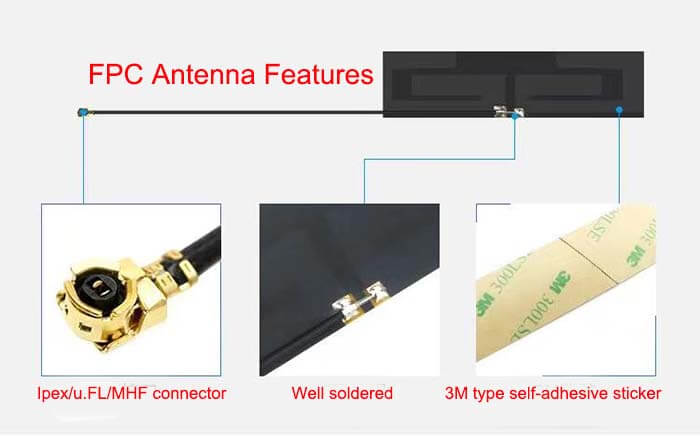

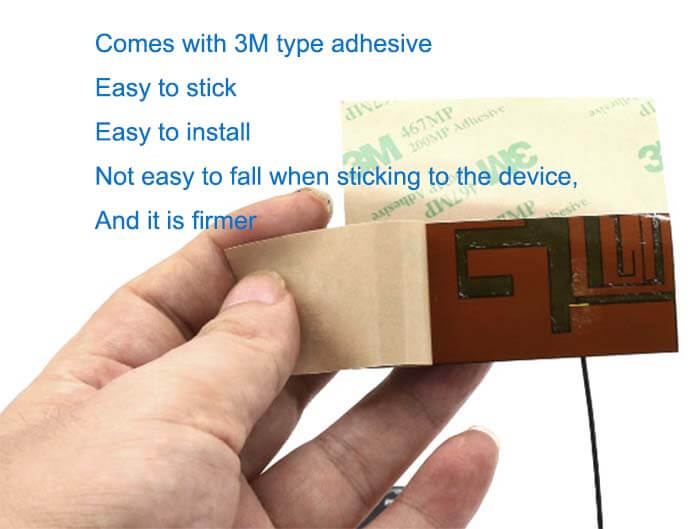
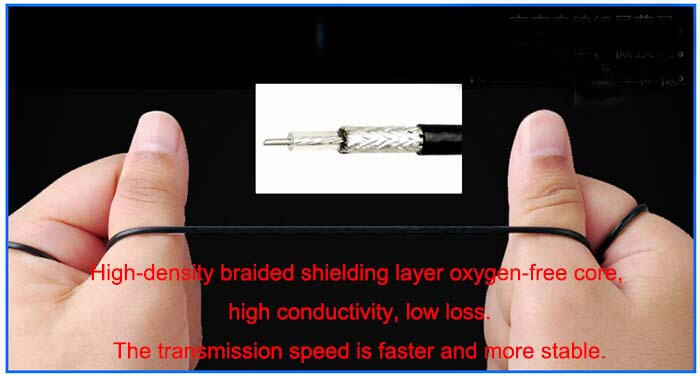

3G 4G LTE Antenna Applications
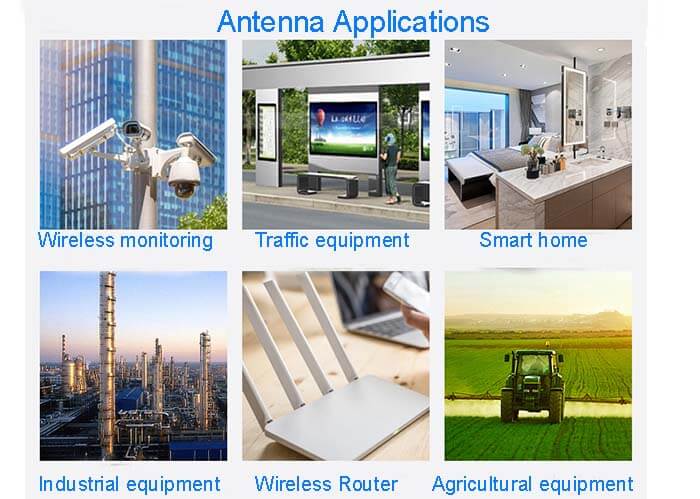
4G antenna technology
Main antenna and diversity antenna
Diversity receiving technology is a major anti-fading technology, which can greatly improve the reliability of multipath fading channel transmission.
In actual mobile communication systems, mobile stations often work in urban buildings or other complex geographic environments. The speed and direction of the movement are arbitrary. Diversity-receiving technology is considered to be an obviously effective and economical anti-fading technology.
The basic idea of diversity is to separate the received multipath signals into uncorrelated (independent) multipath signals, and then combine the energy of these multipath signal separation signals according to certain rules to maximize the received useful signal energy, Thereby improving the signal-to-noise ratio of the received signal.
Therefore, diversity reception includes two aspects: one is how to separate the received multipath signals to make them uncorrelated; the other is to properly combine the separated multipath signals to obtain the maximum signal-to-noise ratio.
Diversity method: Diversity is divided into two categories, macro-diversity, and micro-diversity.
Macro diversity is also called multi-base station diversity, and its main function is to resist slow fading.
For example, in a mobile communication system, multiple base stations are set in different physical locations (such as the diagonal of a cell) and transmit the same signal at the same time. The mobile stations in the cell select the best base station to communicate with it.
In order to reduce the slow fading of the signal caused by terrain, ground features, and atmosphere.
Definition and function of main diversity
Radio 0 is the main set, responsible for the transmission and reception of radio frequency signals; Radio1 is diversity, only receiving but not sending, the base station will combine the signals received from the two interfaces to obtain diversity gain, so the diversity gain here is receiving Gain.
Diversity reception is mainly to offset the effect of fast fading on the received signal.
Since the signal produces multipath component signals due to interference such as reflections during transmission, the receiving end uses multiple antennas to receive signals from different paths at the same time, and then selects and combines these signals into the total signal, in order to reduce the influence of signal fading, this is called diversity reception.
Diversity is to combine the scattered signals together. As long as several signals are independent, the maximum signal gain can be obtained after the proper combination.
1. The main cell set, receiving, and transmitting are duplex;
Diversity Each cell has a corresponding antenna and each antenna is connected to two feeders. The two feeders are each other for main diversity, and the 1-transmit dual-receive mode is usually adopted.
2. Diversity Aerials ensure the quality of wireless signal reception, and can still guarantee high-standard sound quality even under poor reception conditions.
The electromagnetic waves of TV stations and radio stations are often reflected by tall buildings or hills, so the antenna will receive the source signal and the delayed signal after being reflected, and the reception quality will be affected by this. This is the so-called multi-channel transmission interference.
The diversity antenna contains several (up to four) antennas, which combine the signals received independently by different antennas to achieve the purpose of filtering interference signals;
3. According to the principle of signal theory, if a copy of the originally transmitted signal with other attenuation degrees is provided to the receiver, it will help the correct decision of the received signal.
This method of improving the correct decision rate of the received signal by providing multiple copies of the transmitted signal is called diversity.
Diversity technology is used to compensate for fading channel loss. It usually takes advantage of the uncorrelated characteristics of independent samples of the same signal in the wireless propagation environment and uses certain signal-combining techniques to improve the received signal to resist the adverse effects caused by fading.
Spatial diversity means can overcome spatial selective fading, but the distance between diversity receivers must meet the basic condition of greater than 3 times the wavelength.
Generally speaking, the main set is an antenna that can transmit and receive dual purposes.
Diversity means that it can only receive. When the MS signal is transmitted to the cell antenna through the uplink, the main diversity can be received at the same time, so that there are two more signals, and then the base station passes The judger selects the best signal for demodulation. Attention is to choose the best signal, not to superimpose the two signals.
The reason for this is for space diversity, using two antennas to receive the same signal for processing to get the best signal.

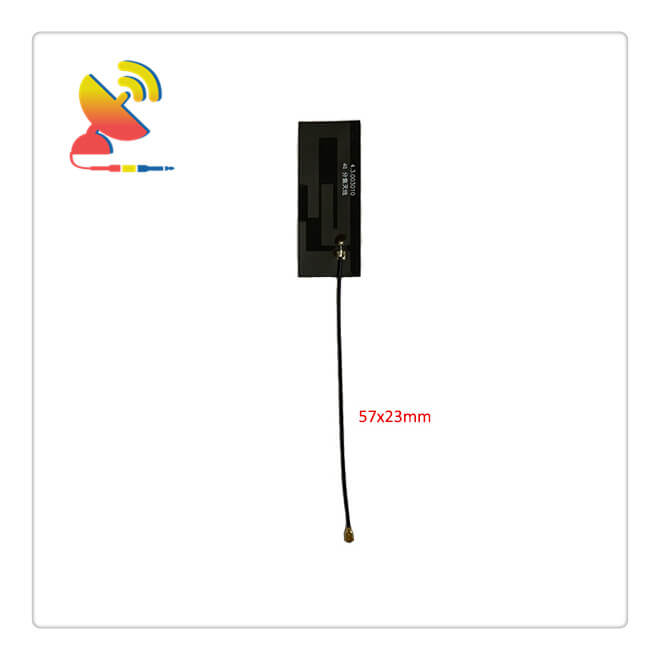
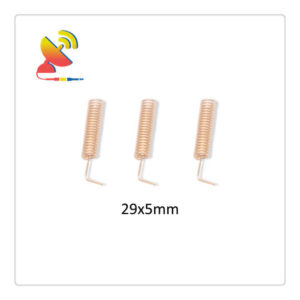

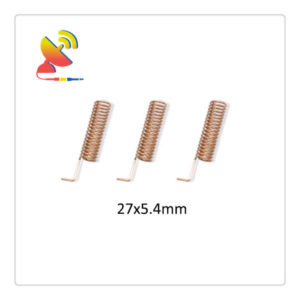
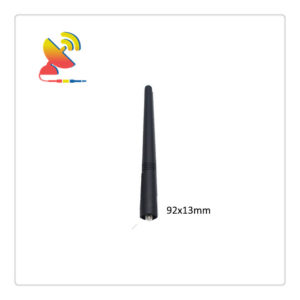
Reviews
There are no reviews yet.